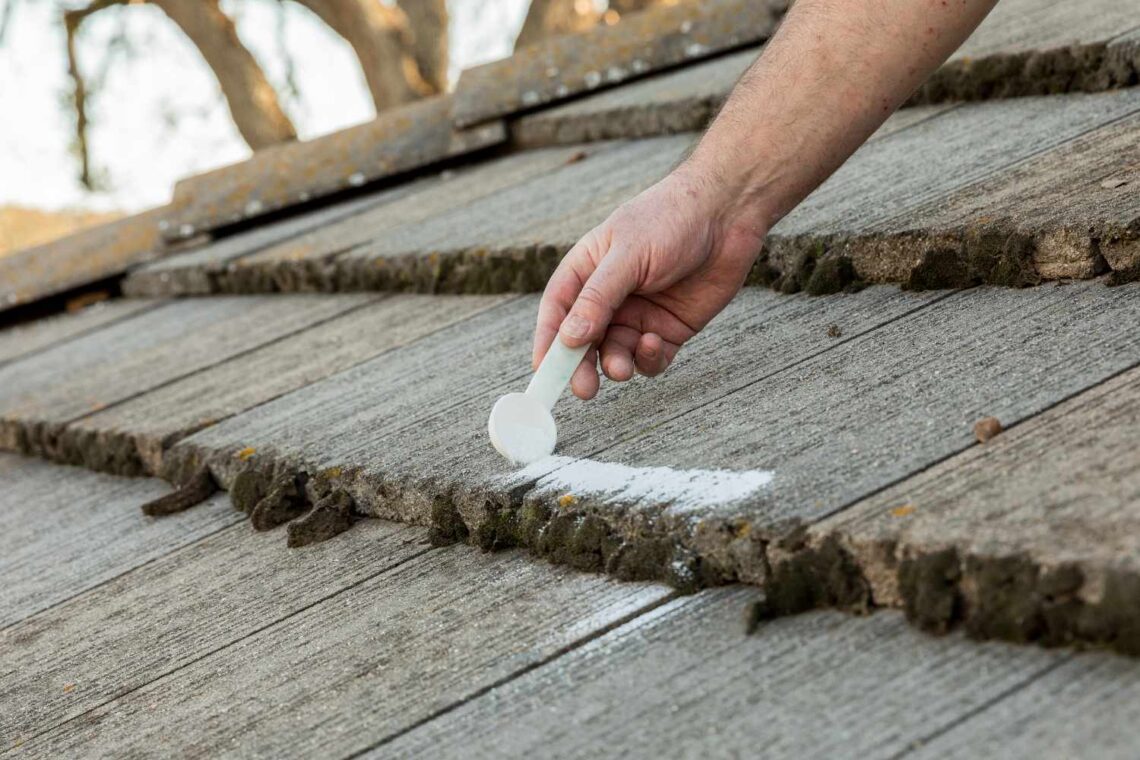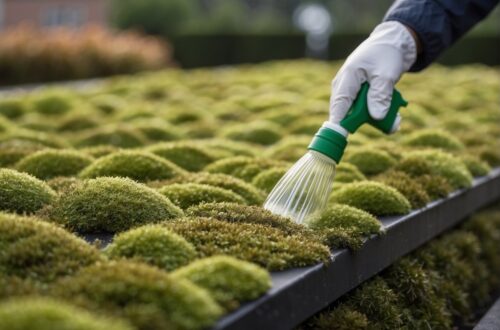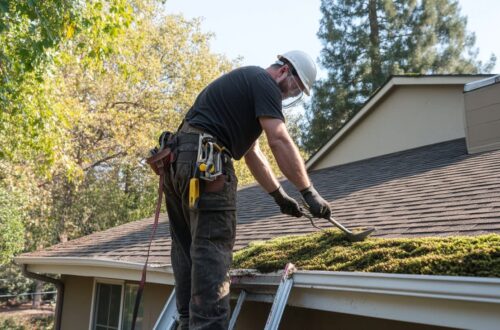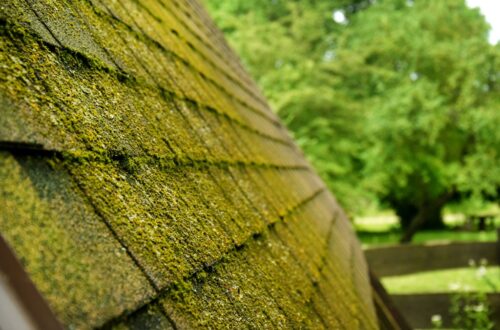Moss growth on a roof may seem like a minor inconvenience, but if left unchecked, it can lead to serious structural issues. Homeowners often overlook early signs of moss infestation, only realizing the damage when it becomes extensive. Understanding how to identify roof moss and knowing when to seek removal services is crucial in maintaining the longevity of a roof.
Understanding Roof Moss Growth
Moss thrives in damp, shaded environments where moisture accumulates. It is particularly common in regions with high humidity or frequent rainfall. Unlike other plant growths, moss does not rely on roots to extract nutrients from a surface. Instead, it spreads across shingles and roofing materials, trapping moisture and creating a damp environment that accelerates wear and tear.
Moss often appears as a soft, green, spongy layer on the surface of a roof. Initially, it may seem harmless, but as it spreads, it can lift shingles, retain moisture, and contribute to decay. Identifying moss in its early stages can prevent costly repairs and extend the life of a roof.
Discoloration and Dark Stains
One of the earliest signs of moss growth is discoloration on the roof. While moss is typically green, it can cause dark patches that resemble algae or mold. These stains often appear in areas with limited sunlight exposure, such as the north-facing side of a roof or sections under overhanging tree branches.
Discoloration may indicate that moisture is being retained beneath the surface, creating an ideal environment for moss to thrive. If the patches appear to be spreading over time, it is likely that moss is taking hold.
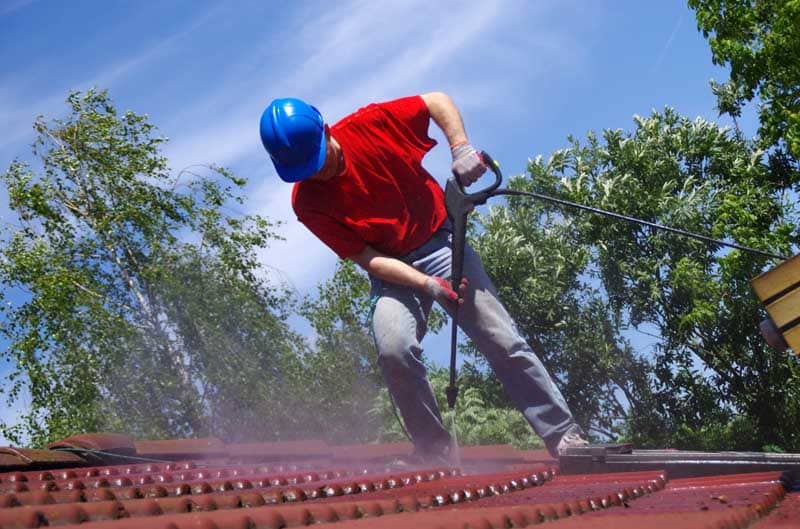
Texture and Surface Changes
A close inspection of a roof can reveal changes in texture caused by moss. The presence of a soft, velvety surface or uneven patches suggests that moss has begun to establish itself. Over time, these patches may become thicker and more pronounced, leading to an uneven roofing surface.
Homeowners who notice a rough or bumpy texture on shingles should take action promptly. The longer moss remains on a roof, the more difficult it becomes to remove without causing further damage.
Shingle Lifting and Separation
Moss growth can lead to shingle displacement by forcing its way beneath the edges of roofing materials. As it expands, it lifts shingles and creates gaps where water can seep in. This process weakens the roof’s structural integrity and increases the risk of leaks.
If shingles appear to be curling, lifting, or separating from the surface, moss may be the underlying cause. Once water infiltrates these spaces, it can lead to rot, mold growth, and interior water damage.
Water Retention and Moisture Issues
Moss has a sponge-like quality, absorbing and holding moisture long after rainfall has stopped. When moss grows on a roof, it creates pockets of trapped moisture that prevent shingles from drying properly. This persistent dampness can accelerate deterioration, leading to mold growth and weakened roofing materials.
A roof that remains wet for long periods, even on sunny days, may indicate a moss problem. This constant exposure to moisture can also contribute to wood rot in underlying structures, making prompt removal essential.
Presence of Moss in Gutters and Downspouts
Moss growth is not limited to the surface of a roof. When moss fragments break off, they can accumulate in gutters and downspouts, obstructing proper drainage. A clogged gutter system can lead to water overflow, which may damage siding, landscaping, and even the foundation of a home.
Homeowners who frequently clean their gutters and notice moss buildup should inspect their roof for additional growth. Removing moss before it spreads extensively can prevent drainage problems and reduce the likelihood of water-related damage.
Increased Pest Activity
Moss-covered roofs can attract pests such as birds, insects, and rodents. The damp environment created by moss provides a suitable habitat for various creatures, some of which may cause additional damage. Birds may pick at moss to use for nesting, while insects and rodents may burrow into roofing materials.
An increase in pest activity around the roof or attic could indicate an underlying moss problem. Addressing the issue promptly can help prevent secondary infestations and structural deterioration.
Interior Signs of Roof Moss Damage
In some cases, moss growth can lead to interior damage, particularly if it contributes to leaks and water intrusion. Homeowners should check ceilings and walls for signs of moisture, such as water stains, peeling paint, or mold growth. A musty odor in the attic or upper floors may also suggest that moisture is seeping in from the roof.
If interior signs of water damage are present, an inspection of the roof’s exterior should be conducted to determine if moss is the cause. Early intervention can prevent extensive repairs and costly interior restoration.
The Importance of Timely Moss Removal
Ignoring roof moss can lead to significant damage over time. The longer moss remains, the more difficult and expensive it becomes to remove. Professional roof cleaning services can safely eliminate moss while preserving the integrity of roofing materials.
Homeowners should also consider preventive measures such as trimming overhanging branches to increase sunlight exposure, improving roof ventilation, and installing zinc or copper strips to deter moss growth. Regular roof inspections can help identify potential problems before they escalate.

